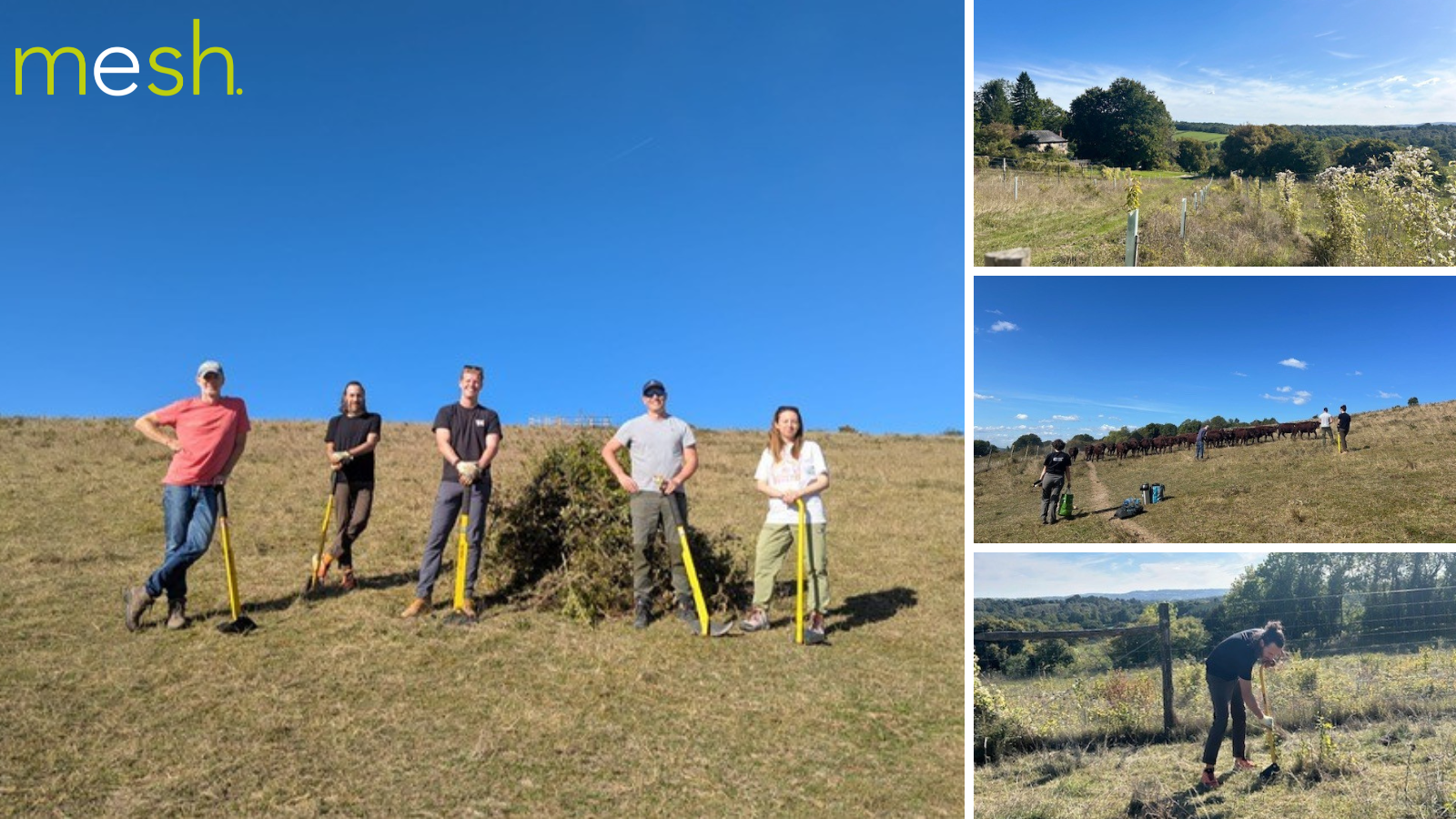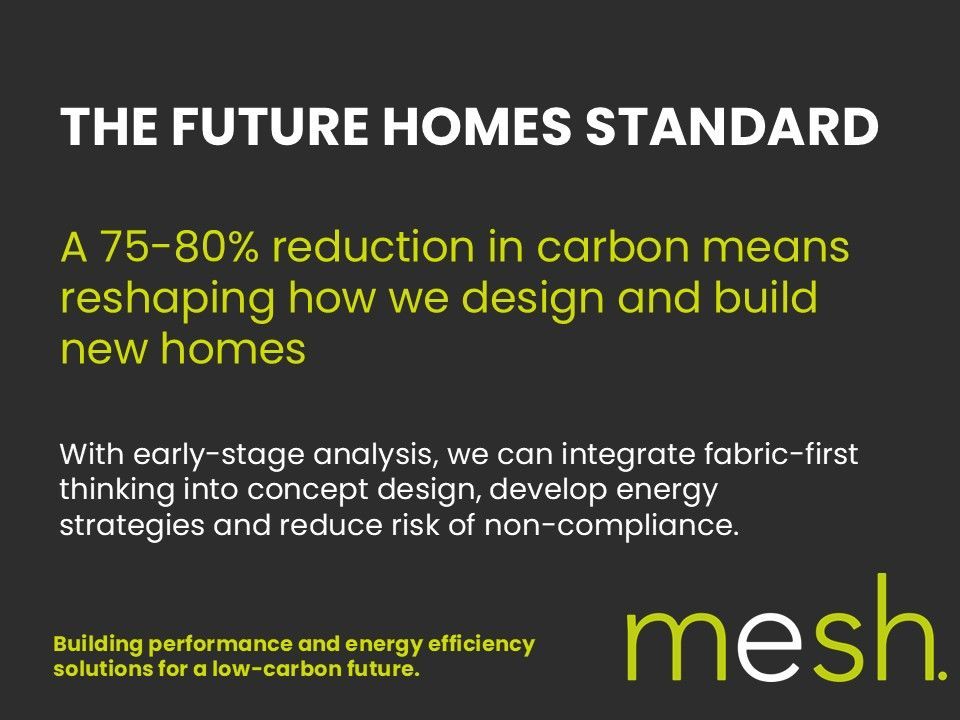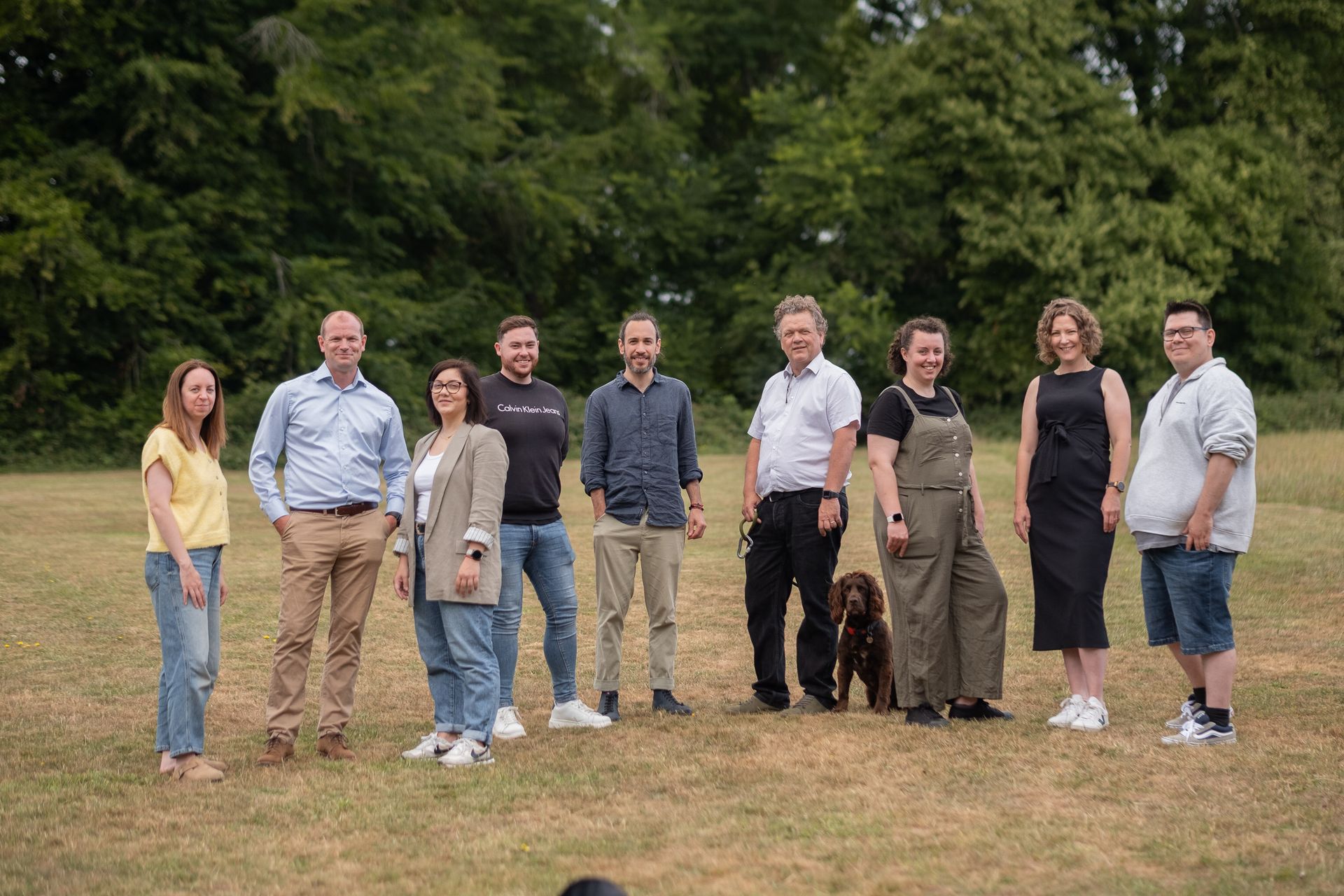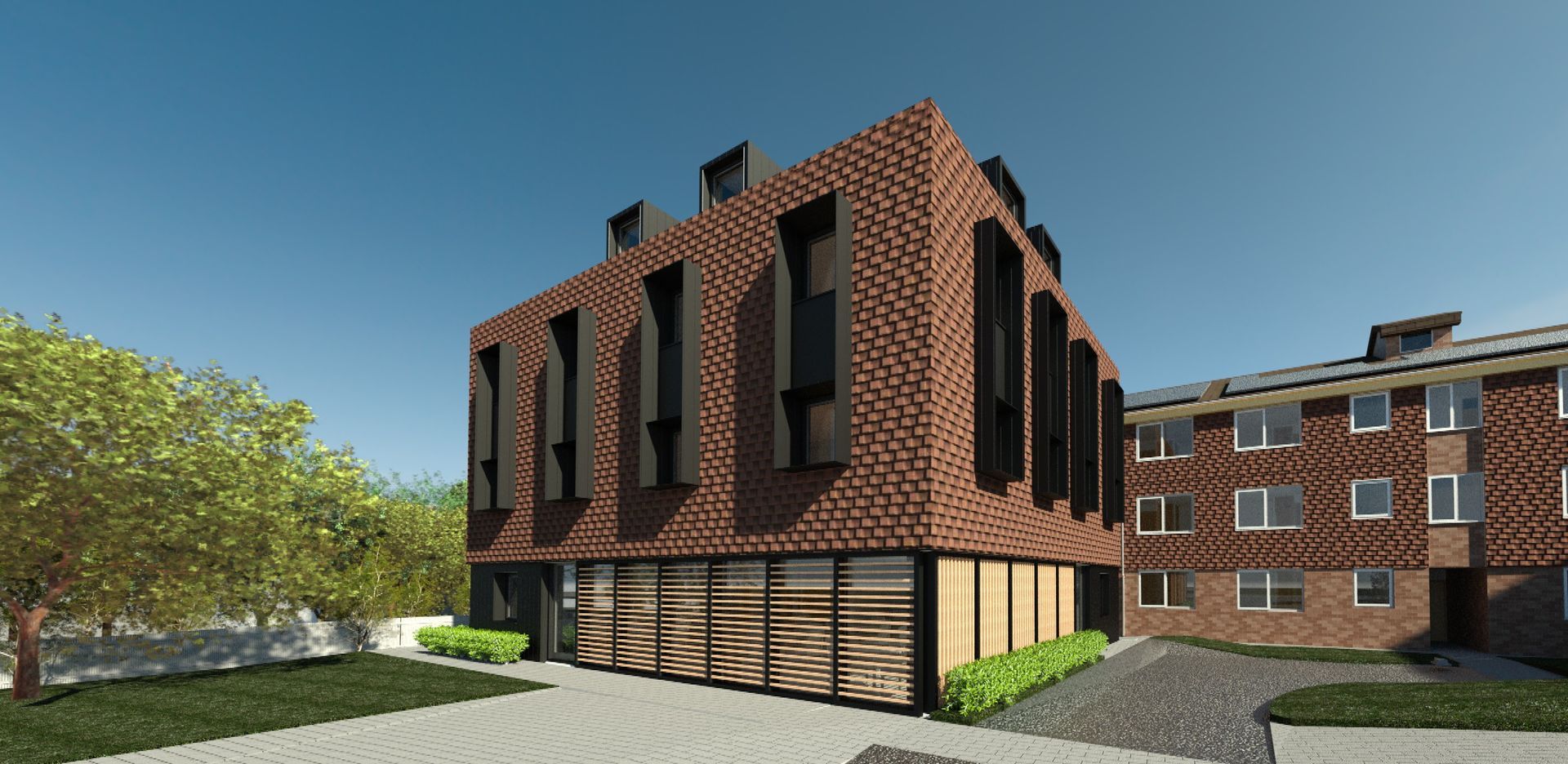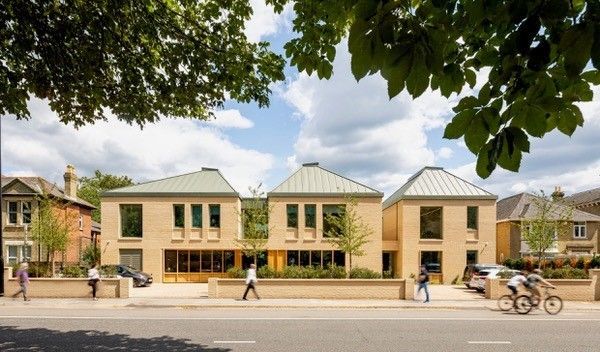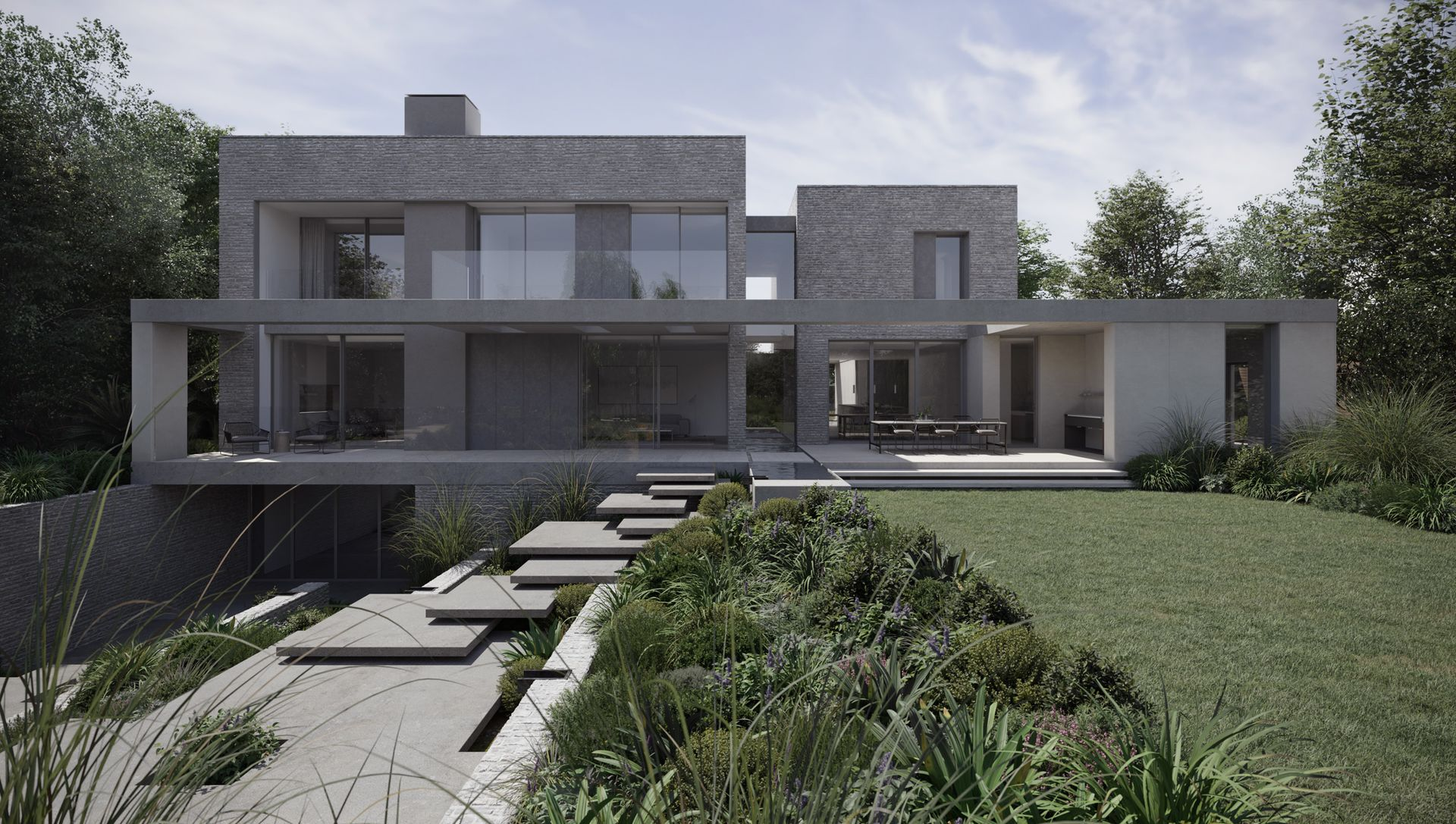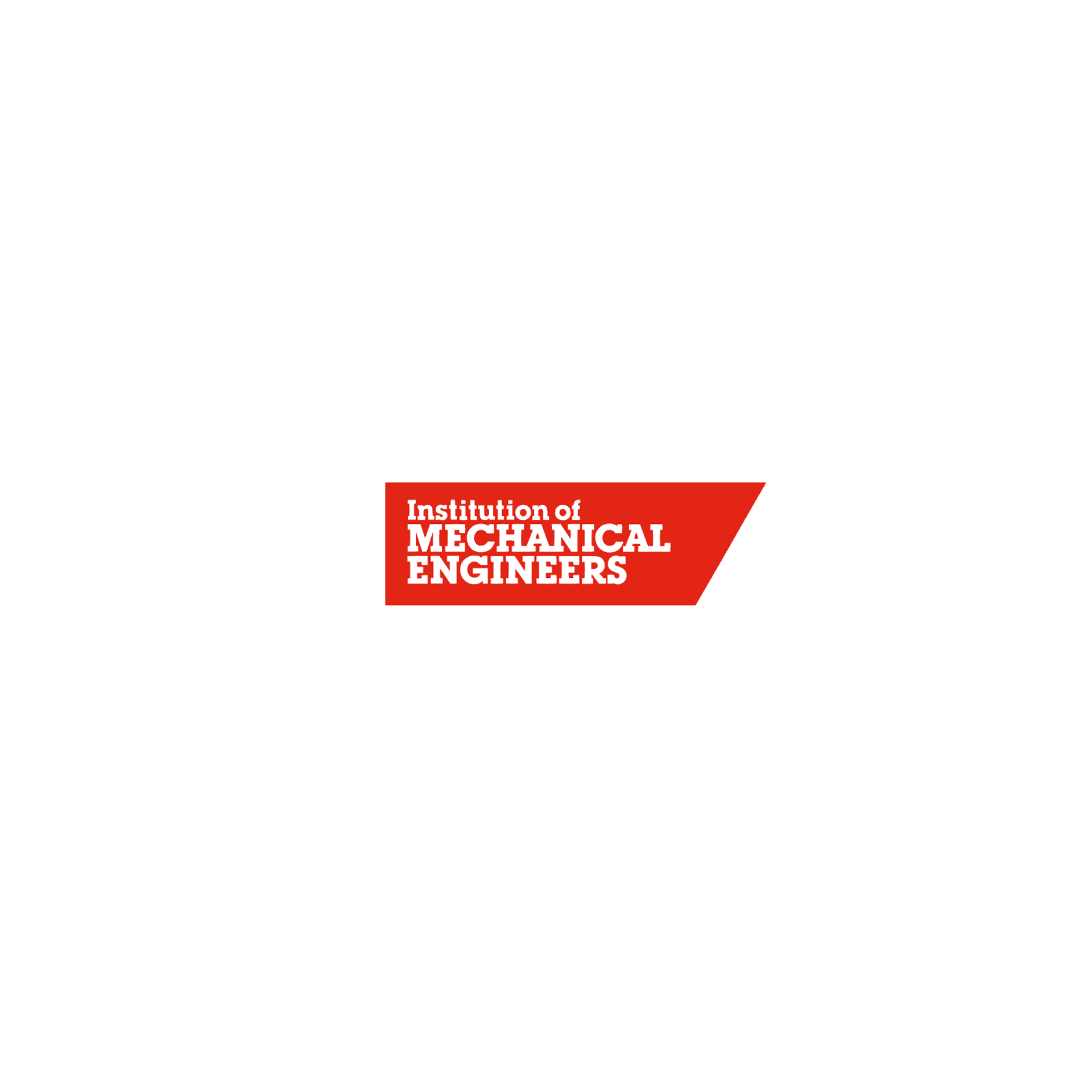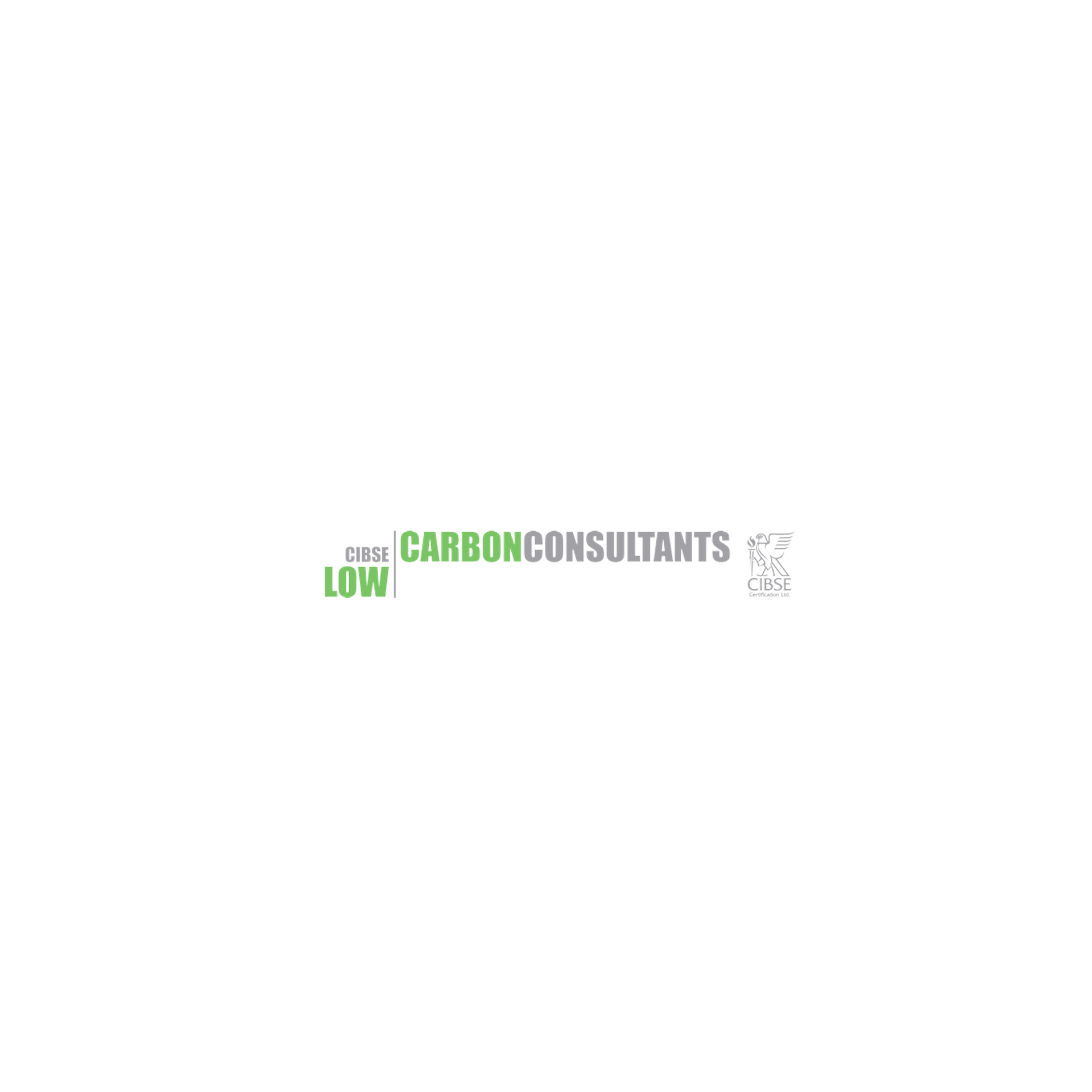We're on mains gas. Should we bother with a renewable heating system?
With a massive 83% of UK homes (21 million) on mains gas and an increase in the uptake of renewable technologies such as air source heat pumps, more and more people are asking whether there is any advantage to switching.
This week, we hope to clarify some of the key advantages and things to be aware of so you can make your mind up.
Increase in property value and desirability
There is no doubt that properties with sustainable credentials are becoming more desirable. If you are trying to rent or sell your home, the fact that it has a low-cost heating system installed will be of interest to more and more buyers and particularly first-time renters/buyers.
The installation of an air source heat pump could considerably improve your building's EPC rating. On average, UK house prices increase their resale value by 6% which was discovered by a comprehensive Government survey in 2011.
Available subsidies
The real benefit at present for heat pump systems, unlike fossil fuel gas systems, is that they attract the domestic renewable heat incentive (RHI); a 7-year tax-free government subsidy. This has been extended to March 2022 but the technology will continue to be supported beyond that as the UK tries to encourage homeowners to be more green and meet its overall decarbonisation targets.
An average 3-bed semi with an air source heat pump installed could see around £900-£1,000 paid annually to help transition to low-carbon heating. Even assuming no running cost savings, this subsidy could help pay in full for the extra capital outlay within 7-10 years.
Annual running cost savings
If you are serious about upgrading the insulation in your home or building a brand new home, you can make running cost savings with an air source heat pump of around 10%. For air source heat pumps that replace gas boilers in existing buildings with average levels of insulation and relatively modern and large radiators, you will likely see little reduction in running costs.
Either way, if it costs the same or cheaper to save the planet as opposed to burning fossil fuel, that’s not a bad replacement is it?!
Heating and hot water modifications
One of the less-trivial aspects of switching to an air source heat pump system is that of the likely requirement to change radiators, or add an underfloor heating system, to ensure that the lower flow temperature in the renewable system will sufficiently heat the home. This is really critical as a poorly insulated home will require the heat pump to use more electricity to run and could increase your running costs considerably.
Radiators can either be changed to larger or more efficient products or a new wet low-temperature underfloor heating system installed if appropriate. Many wrongly conclude that an existing underfloor heating system for a boiler is the same for a heat pump and does not need to be changed. In fact, this is false in the vast majority of cases. The pipe spacing will likely be too wide leading to cold rooms in the winter if connected to a heat pump system.
A nifty trick here is to turn your gas boiler heating flow temperature thermostat down to 50 Celsius and see how your house performs. This way you can try an air source heat pump 'for free' without the risk and expense.
The hot water cylinder in the home will also have to be changed to a specialist product to cope with the lower flow temperatures from the heat pump too. These tanks will often have twice the internal coil than gas boiler systems.
Installation costs
It is well understood that the cost of installing heat pump technology is indeed more expensive than a standard replacement gas boiler and indeed with the above home modifications this all adds to the total cost of change. Whereas it might cost around £2,500 to replace a boiler it may cost nearer £9,000 to install an air source heat pump and new hot water cylinder. This doesn’t include any costs with building insulation or changing any small or inefficient radiators in the home.
Hopefully you are committed to doing better insulation anyway as part of the wider strategy to reduce your home energy loss.
The lower the flow temperature of the heating system the more efficient a heat pump becomes and indeed the lower the hot water storage temperature the less electric immersion has to be used to reach the required peak hot water temperature.
So, as you can see, there are a number of pros and cons for air source heat pump conversion when on mains gas fuel. But, done correctly and if you can source some up-front capital, a renewable heating system may be just the right solution for you. We hope this post helps you in your decision making.
If you have any questions about renewable heating systems, please
don't hesitate to
contact the Mesh team today.
SHARE THIS POST WITH YOUR NETWORK


